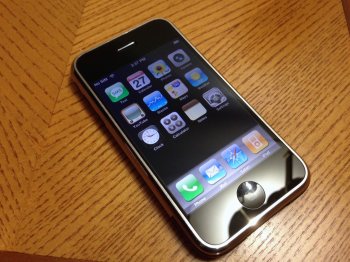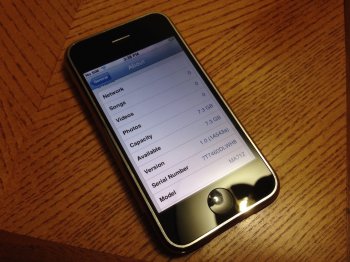Now I want to get my hands on an original phone just to see the difference. I'd spent enough time in Japan to know that the US flip phones were woefully behind the curve, but even in that context the iPhone seemed like a leap forward at the time. It was even more amazing how quickly it was eclipsed by future models... By the time I bought in with an iPhone 4, it was an entirely different thing.I've managed to downgrade an original iPhone to 1.0.2. 1.0 didn't work for some reason, and 1.0.2 was similar, but with bug fixes.
To be honest, the roadblocks and frustrations it takes to complete the downgrade aren't worth the results. For one, you'll need a spare Windows XP computer to do it (not a VM if I can recall). In my case, the only XP computer I had was from 2001, so that was quite an adventure. Also, you'll need to be prepared to endure through intensive hours of troubleshooting and pulling your hair out. It's a really difficult process, and even if you follow all the instructions, there's still a good chance you'll fall into an error at some point.
And if you can make it through all those barriers and successfully downgrade, you'll quickly realize how limited iPhone OS 1.0 really is. You can't install any additional apps, and after playing around with the included apps (which are quite watered down compared to newer versions), there's a good chance you'll get bored due to what little you can really do. In essence, you're putting yourself through a lot of grief in order to cripple the functionality of your phone.
So unless you like the challenge, cannot live without that dose of nostalgia, or desire to showcase the iPhone like a museum artifact, I wouldn't recommend trying the downgrade. If you do fit one of those three reasons however, I used this YouTube guide to work through the process.
I really think this is where Apple did well by listening to the demands of the public to open the APIs. Can you imagine if Steve stuck to his guns on only supporting web apps?
Keep up the good fight, OP!



